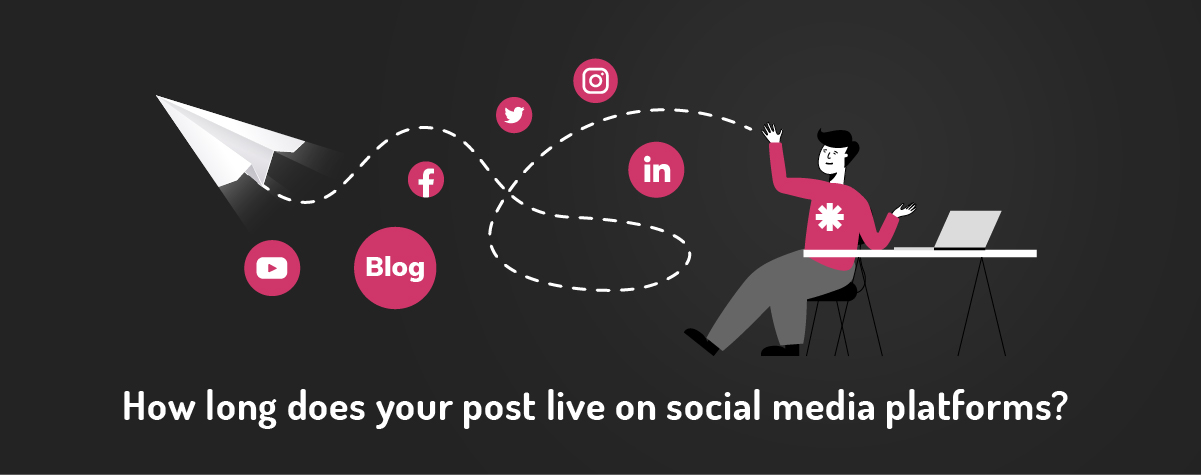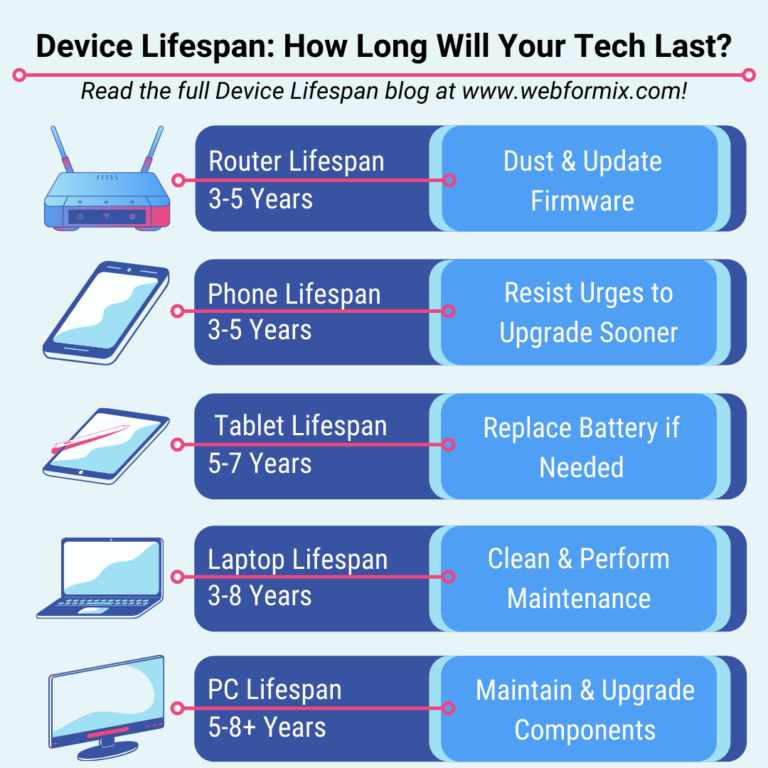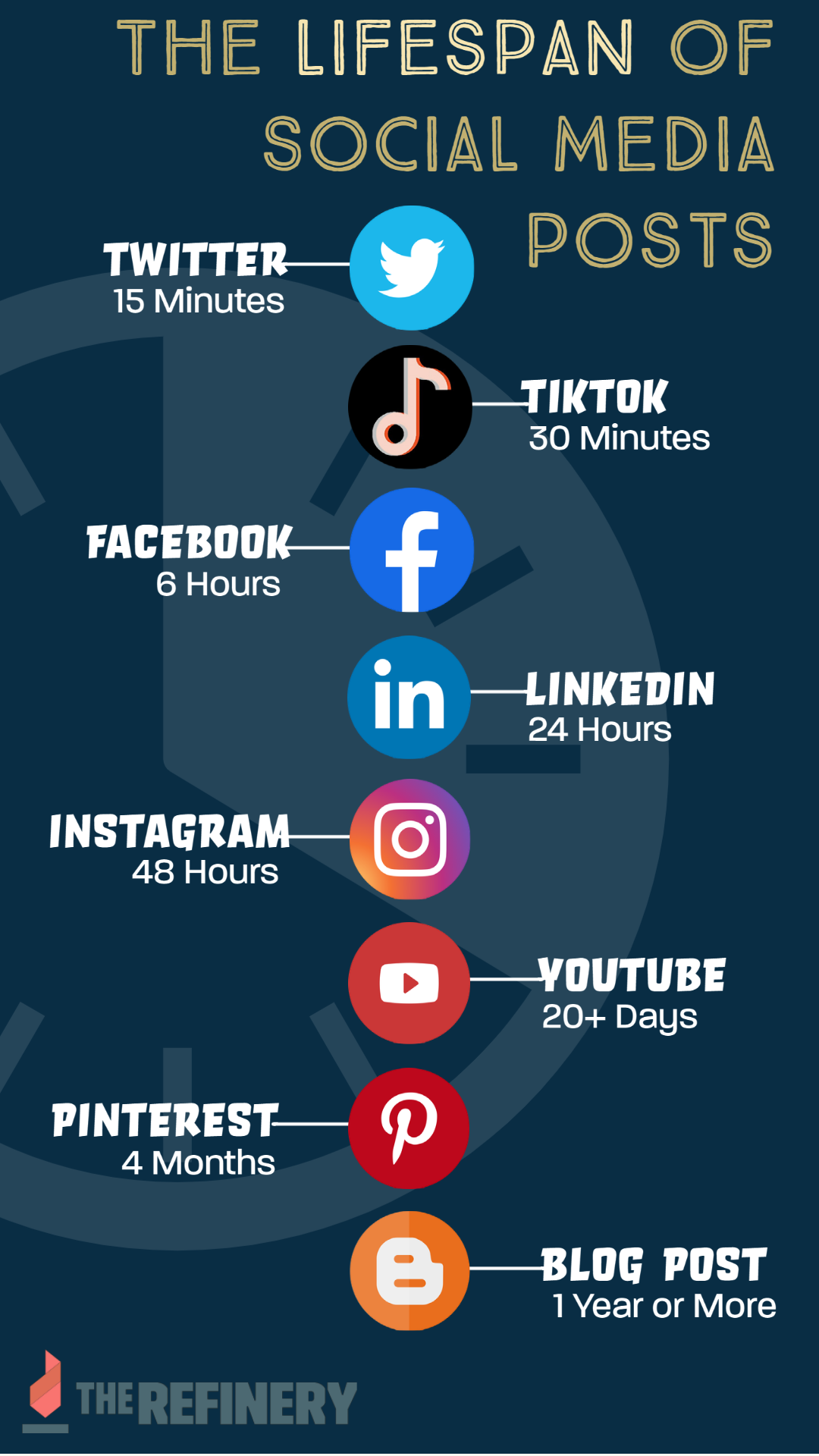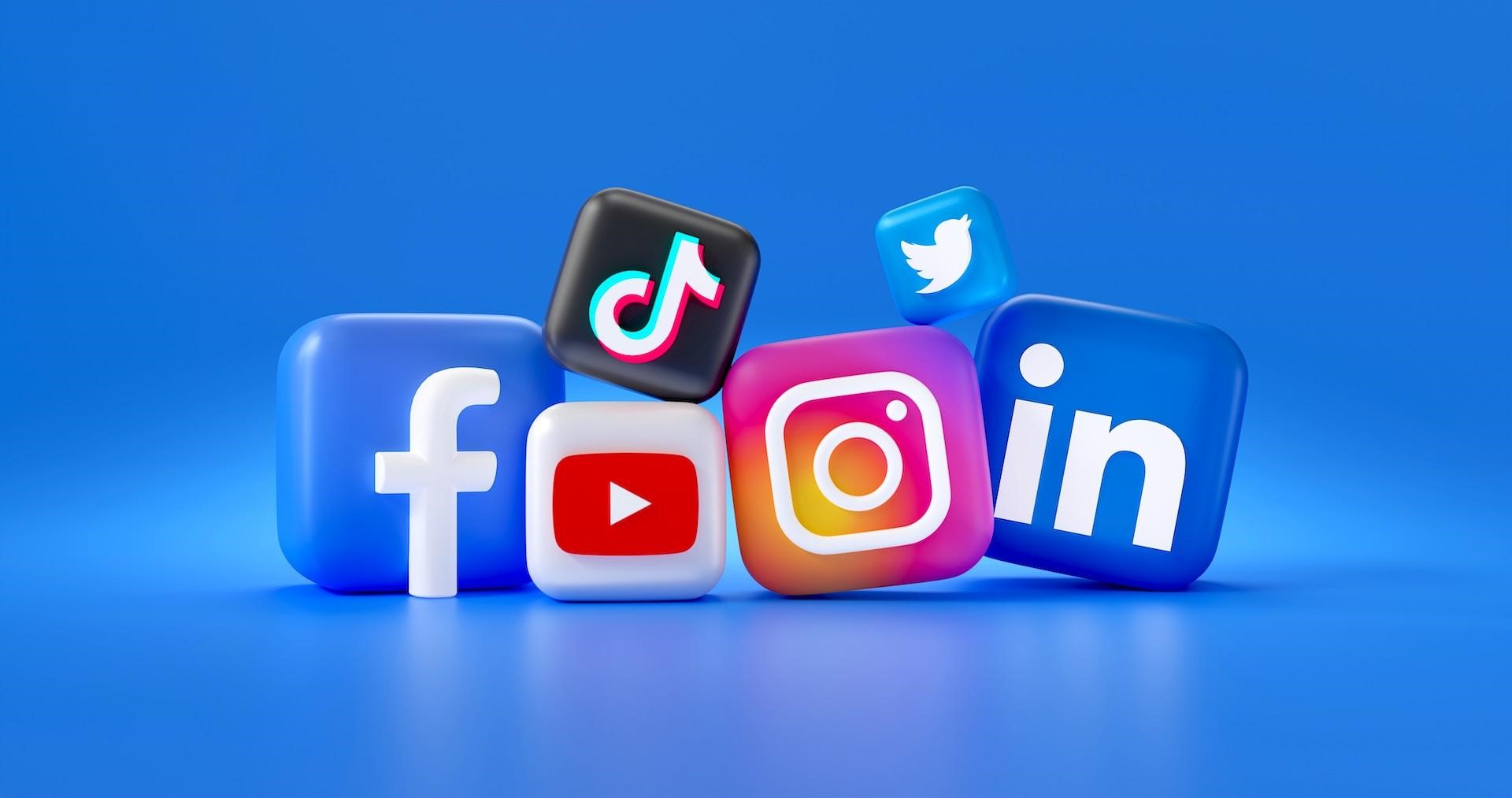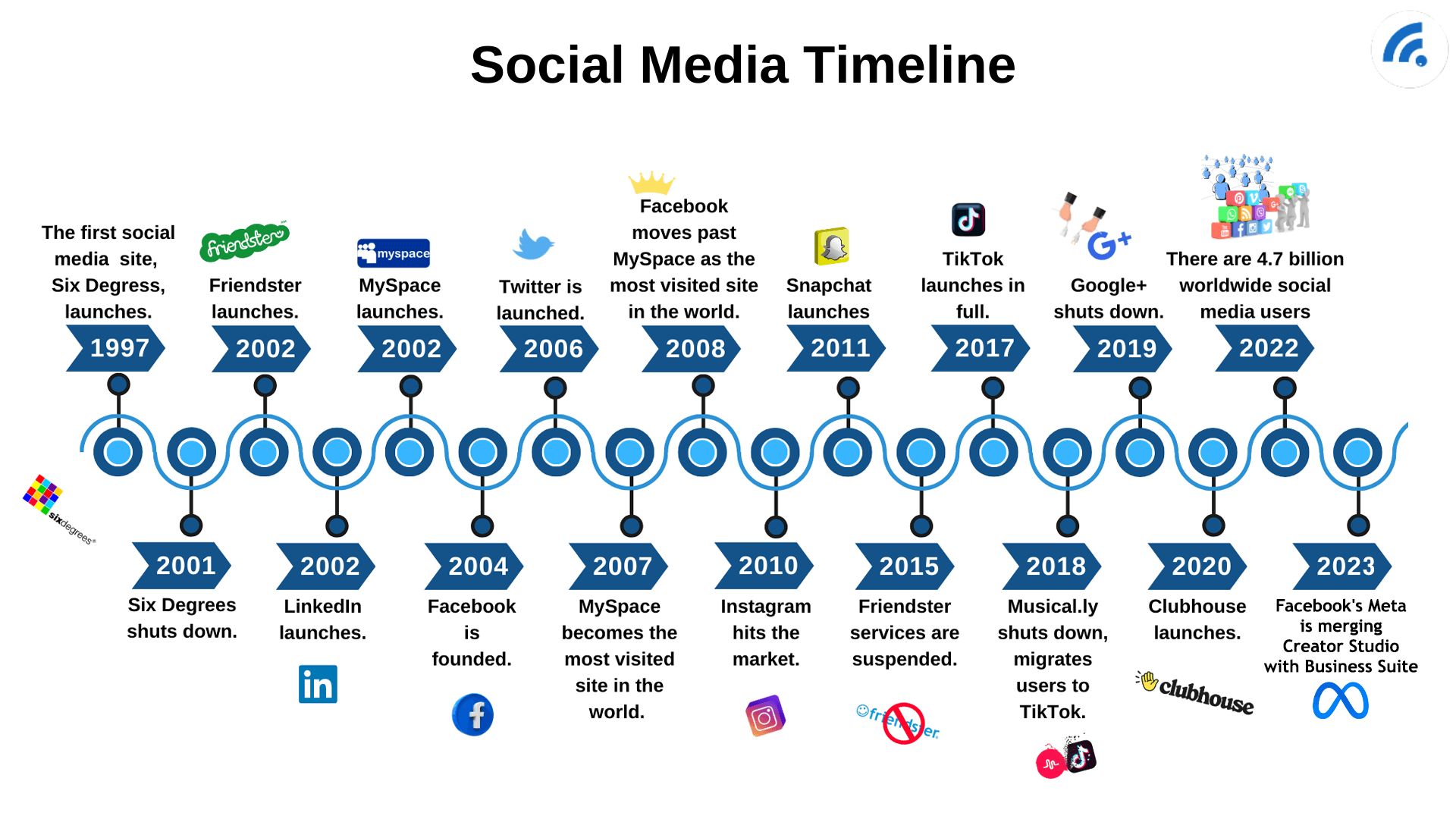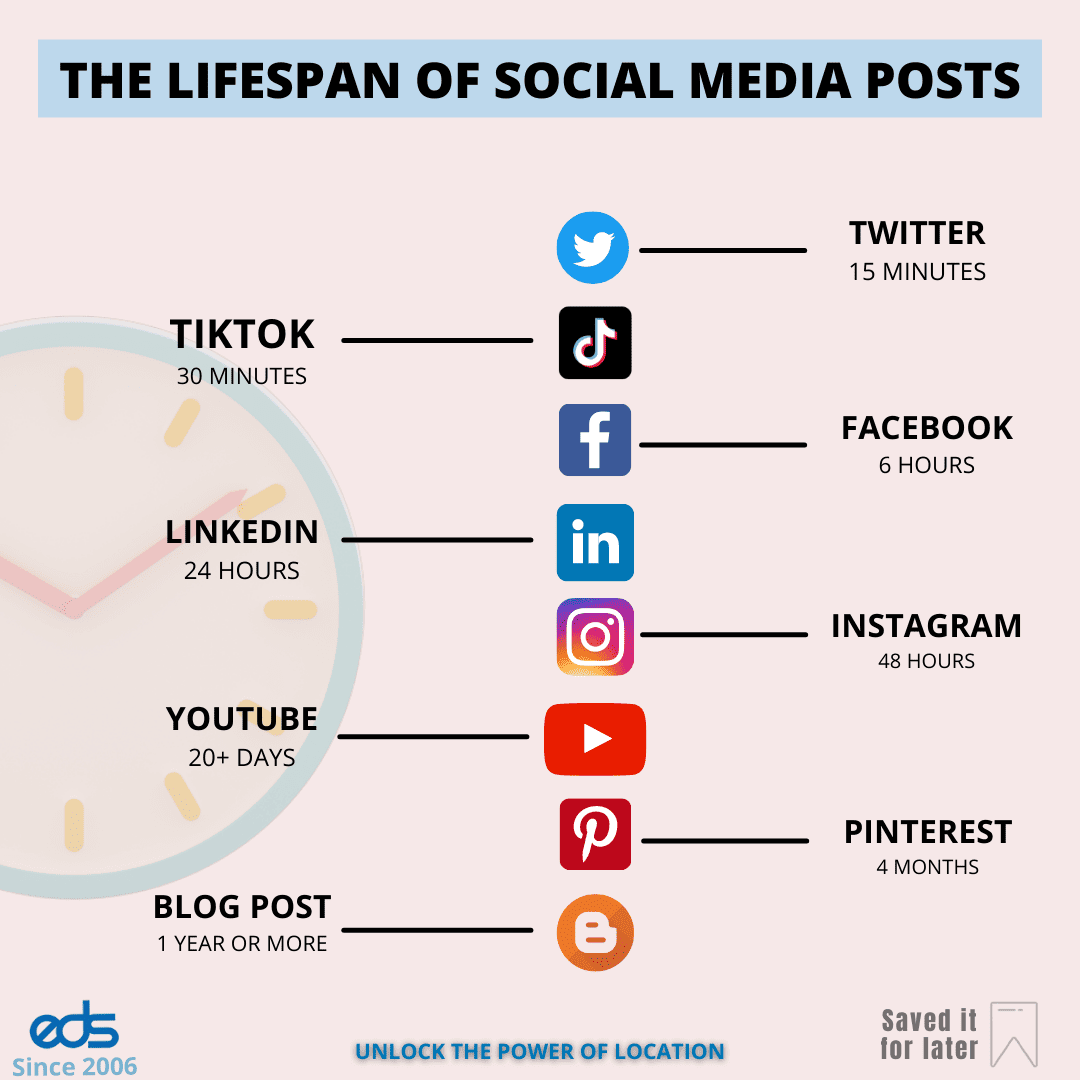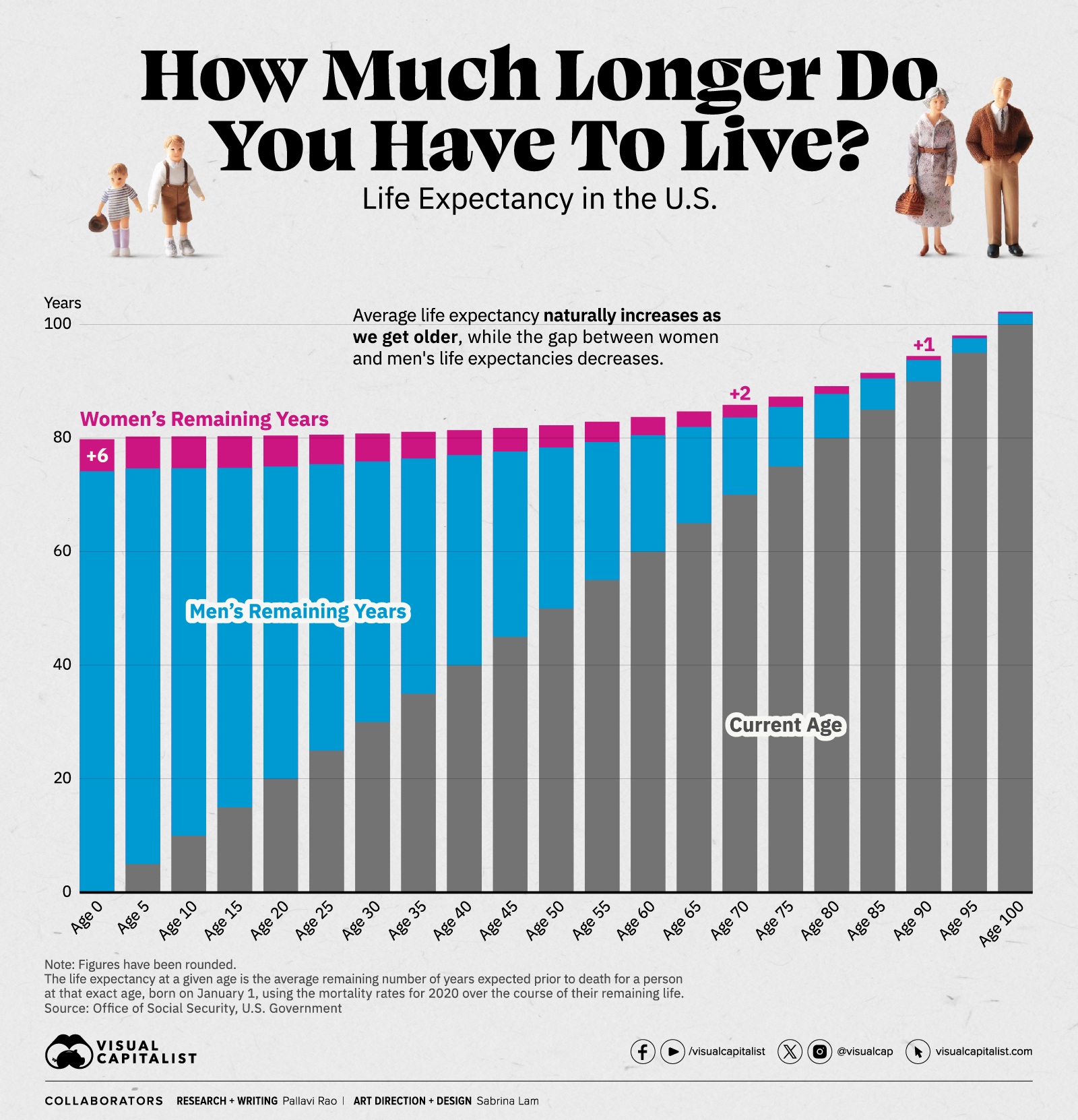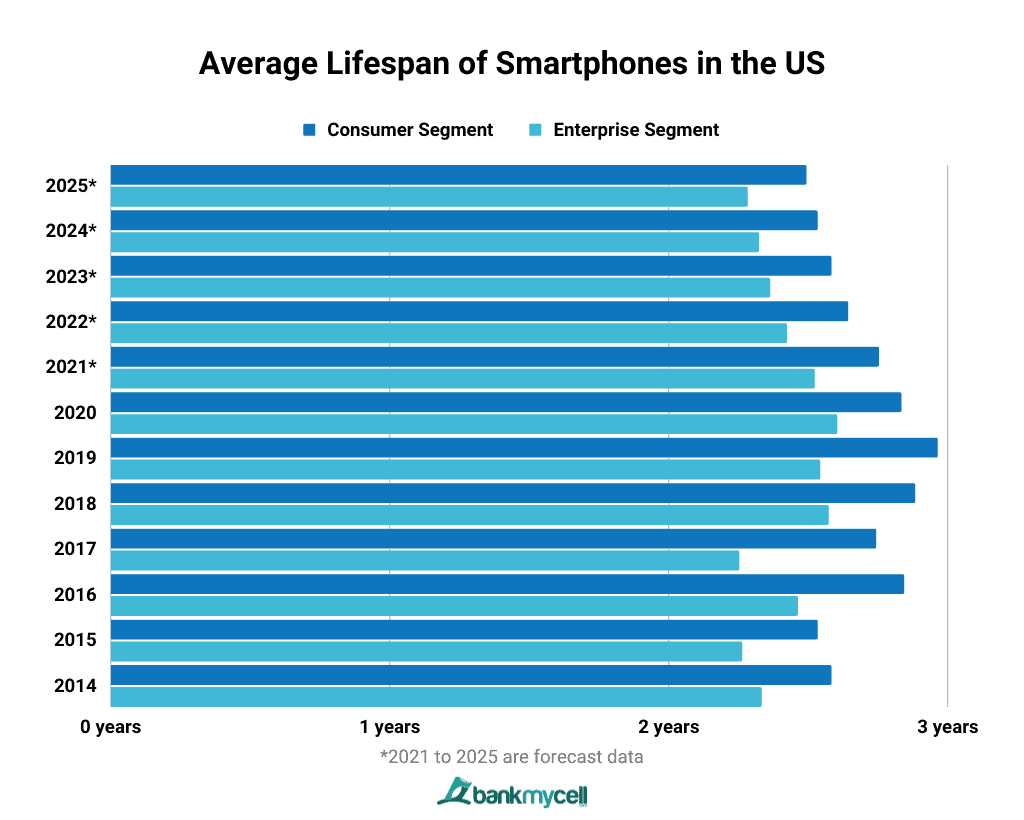What Platform Has The Longest Post Lifespan
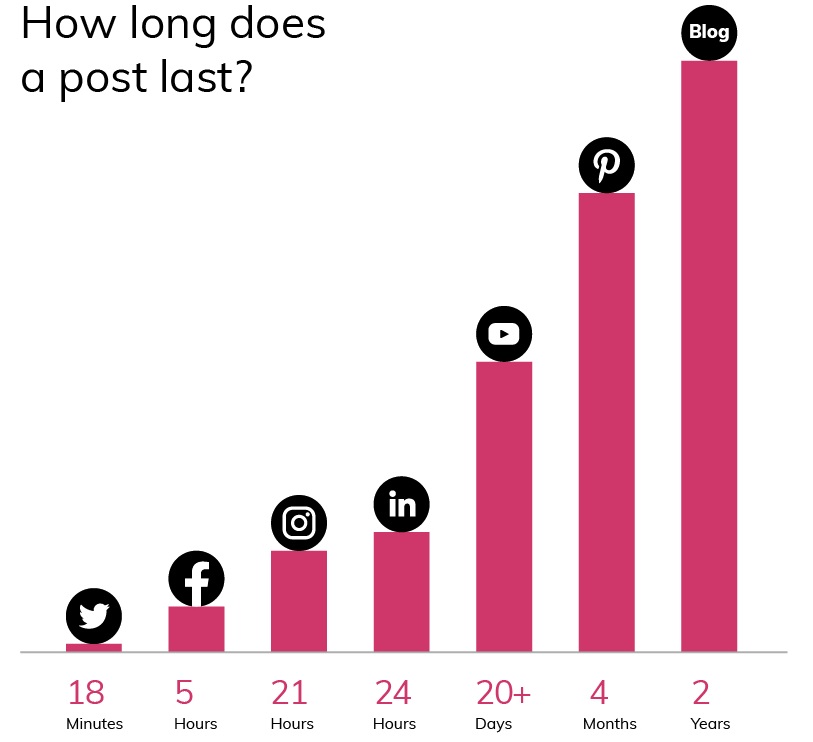
In the relentless churn of the digital landscape, where viral trends blaze and fade with astonishing speed, the lifespan of online content is a critical metric. For marketers, content creators, and businesses alike, understanding which platforms offer the most enduring visibility is paramount to maximizing impact and return on investment. But amidst the constant evolution of social media algorithms and user behaviors, one platform consistently emerges as a champion of longevity.
This article dives into the data and expert opinions surrounding post lifespan across major social media platforms. It investigates which platform allows your content to resonate for weeks, months, or even years after its initial publication. We'll explore the underlying factors that contribute to this extended visibility, and how you can tailor your strategy to capitalize on these unique advantages.
The Undisputed Champion: Pinterest
When it comes to post lifespan, Pinterest stands head and shoulders above the rest. While a tweet might flicker for a few hours and a Facebook post might capture attention for a day or two, a well-crafted Pin can continue driving traffic and engagement for months, even years.
According to numerous studies and industry reports, the average lifespan of a Pin is around 3.5 months. This lifespan dwarfs other social media platforms and makes Pinterest a valuable tool for long-term content marketing.
Why Pinterest's Content Endures
Several factors contribute to Pinterest's remarkable content longevity. Unlike platforms driven by chronological feeds, Pinterest operates as a visual search engine.
Users actively search for ideas, inspiration, and products using keywords. This search-based discovery means that Pins remain relevant and discoverable long after their initial posting date.
Another key element is the repinning feature. When a user repins your content, it's shared with their followers, extending its reach and lifespan further. This creates a cascading effect, where a single Pin can be re-shared and discovered repeatedly over time.
Furthermore, Pinterest encourages users to organize their Pins into boards. These boards act as curated collections of ideas, making it easier for users to find relevant content when they need it. This organizational structure helps keep Pins visible and accessible for extended periods.
Contrasting Lifespans: Facebook, Twitter, and Instagram
In stark contrast to Pinterest, platforms like Facebook, Twitter, and Instagram operate on a much faster cycle. Their algorithmic feeds prioritize recency and engagement, meaning content quickly becomes buried beneath newer posts.
On Twitter, a tweet's lifespan is notoriously short, often measured in minutes or hours. The platform's real-time nature and high volume of posts mean that content quickly gets lost in the noise. Twitter's focus on current events and trending topics also contributes to its ephemeral nature.
Facebook posts have a slightly longer lifespan, typically around 48 hours. However, Facebook's algorithm heavily favors content from friends and family, often limiting the reach of business pages and promotional posts. Moreover, the algorithm also adjusts based on user engagement; If posts aren’t actively receiving likes and comments, they will get buried.
Instagram, while visually driven, also suffers from a relatively short post lifespan. While Instagram Stories vanish after 24 hours, regular posts typically see a significant drop in engagement within a day or two. The platform's emphasis on visuals means that older content can quickly become less relevant as trends and aesthetics evolve.
The LinkedIn Difference
LinkedIn presents a unique case, falling somewhere between Pinterest and the fast-paced world of Twitter and Instagram. While not as enduring as Pinterest, LinkedIn posts tend to have a longer lifespan than Facebook or Twitter content.
LinkedIn's professional focus means that content is often geared towards career advice, industry news, and business insights. This type of content tends to remain relevant for longer than fleeting trends or personal updates.
The platform's algorithm also takes into account factors like professional relevance and user connections. This means that well-targeted content can continue to reach relevant audiences for several days or even weeks after its initial posting.
Maximizing Lifespan Across Platforms
While Pinterest may reign supreme in terms of longevity, it's still possible to extend the lifespan of your content on other platforms. Here are some key strategies:
Evergreen Content: Create content that remains relevant over time, regardless of current trends. This could include how-to guides, tutorials, or industry insights.
Repurposing: Repurpose your existing content into different formats for various platforms. For example, turn a blog post into a series of tweets or an infographic into a Pinterest Pin.
Community Engagement: Actively engage with your audience by responding to comments, answering questions, and fostering discussions. This can help keep your content top of mind and extend its reach.
Strategic Scheduling: Schedule your posts for optimal times when your target audience is most active. This can help maximize initial engagement and increase the chances of your content being seen by a wider audience. Optimize SEO Keywords: Conduct keyword research to ensure that your Pin descriptions and titles contain keywords, making it more search-friendly.
Looking Ahead: The Future of Post Lifespan
The digital landscape is constantly evolving, and the future of post lifespan remains uncertain. As social media algorithms continue to adapt and user behaviors shift, it's crucial to stay informed and adjust your content strategy accordingly.
One emerging trend is the increasing importance of video content. Video content tends to command more attention and generate higher engagement rates, potentially extending its lifespan across platforms.
Ultimately, the key to maximizing post lifespan is to create valuable, engaging, and relevant content that resonates with your target audience. By focusing on quality over quantity, you can increase the chances of your content having a lasting impact, regardless of the platform.
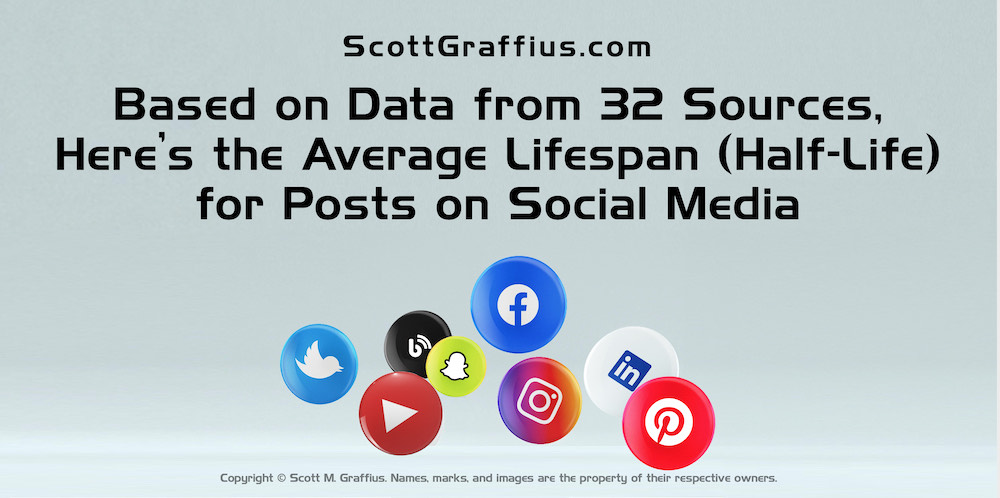
-of-Social-Media-Posts---July-2022---HR-PNG-File.png)
